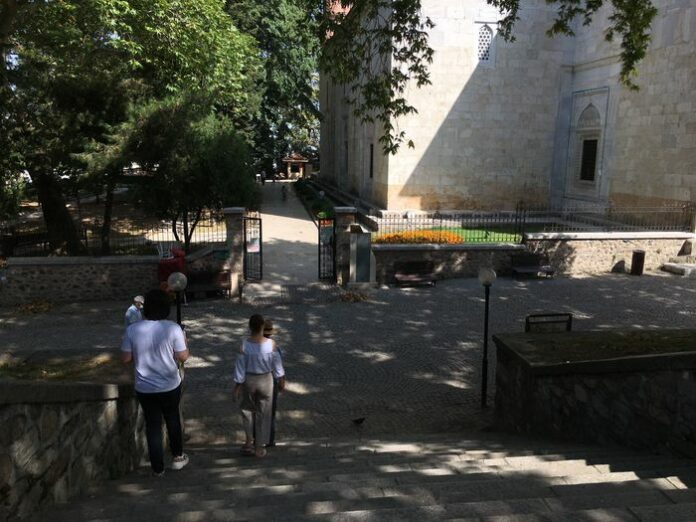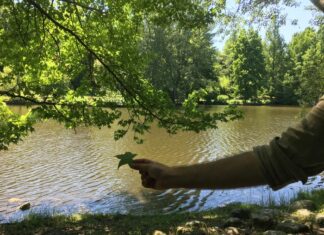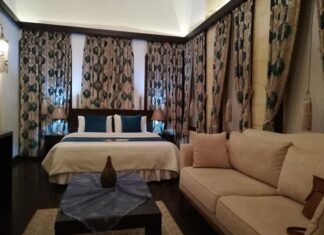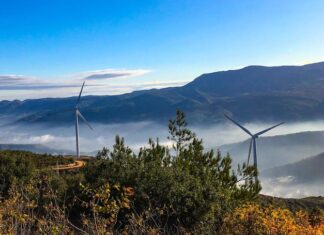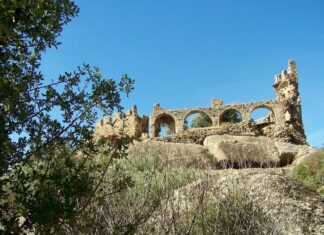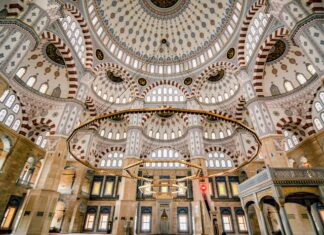Exploring Historic Villages and Legends Along the Bosporus
Beikos, the largest village on the Bosporus, is renowned for its vast vineyards and high-quality water. In Beikos Bay, abundant with swordfish, the British and French fleets gathered in 1854 at the onset of the Crimean War. The palace amid the trees, constructed by Mehmed Ali Pasha of Egypt, was later gifted by his son, Ismael Pasha, to the Sultan.
Beikos A Village with Vineyards and Naval History
Pasha-Baghcheh, the station following Beikos, is primarily recognized for its impressive mosque, Kebir Jamesi, erected in 1763 by Mustapha III. Then comes Chibukli, named after the sticks Sultan Bayazid II allegedly used to strike his son and successor, Selim, predicting Selim’s eight-year reign. The significant building, now the town’s petroleum depot Palaces Along the Bosporus, stands on the site of the Monastery of the Order of Vigilants, founded in 420 A.D. by St. Marcellus, or according to some sources, by Abbot Alexander. Here, about three hundred monks maintained year-round vigils.
Chibukli Tradition, Monastic History, and Petrochemical Depot
Kanlija, following Chibukli, stands out as one of the most picturesque spots on the Bosporus. Its name, meaning ‘bloody village,’ stems from the blood-red color of the rocks above it. The promontory corresponds to the Oxyrrhoun of the ancients. The subsequent station, Anadoli Hissar, also known as Ghuzd Hissar, lies opposite Rumeli Hissar. The castle Private Istanbul Tour, attributed to either Bayazid I or Muhammad I, comprises four round towers with a central square keep. The latter is known as the Black Tower, reflecting the darkness within its walls, where many a state prisoner met their fate. Though now in ruins, the castle is frequented by numerous cranes from the adjoining marshes, revered by the Turks for their supposed migration to Mecca in winter. A belief persists that a crane nesting on a Turk’s house-roof brings protection against sickness and fire.
